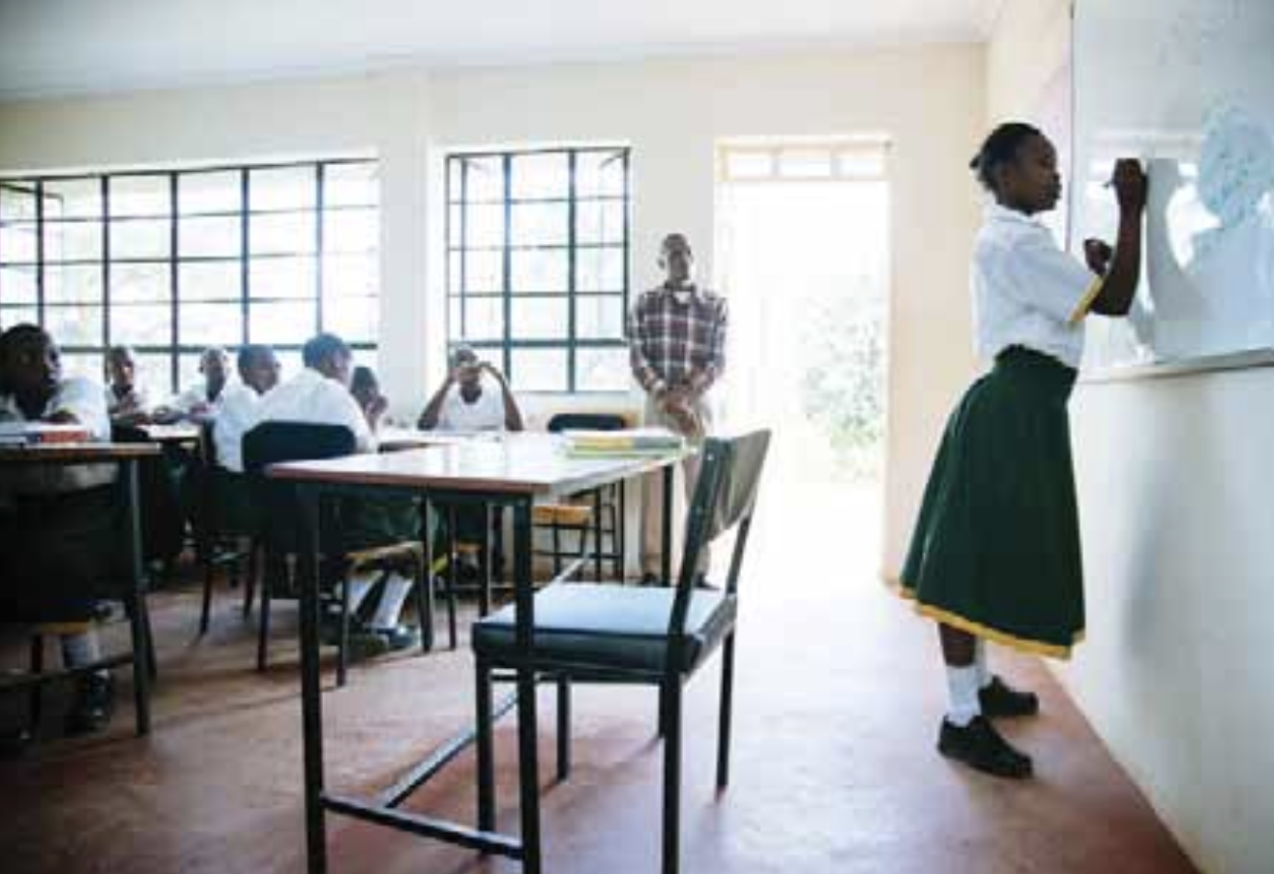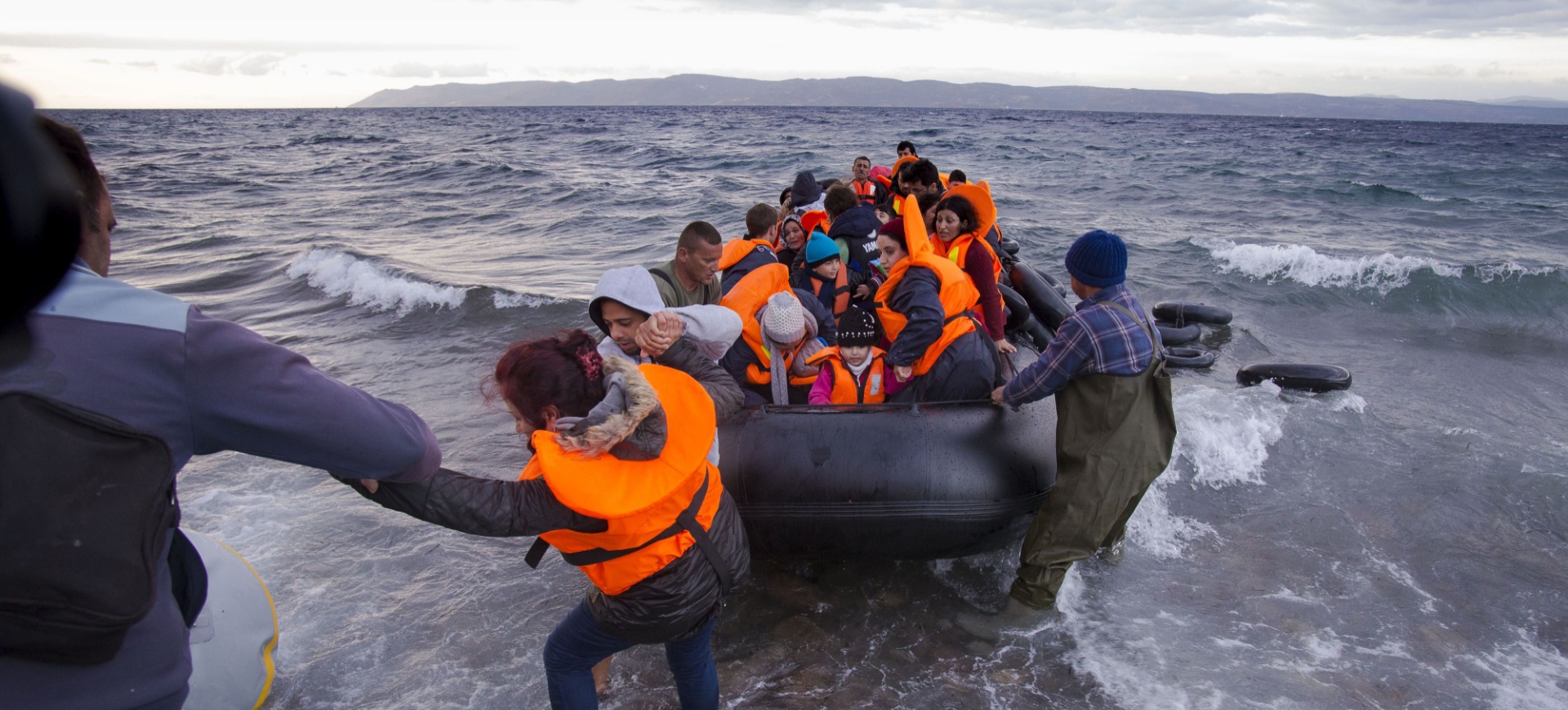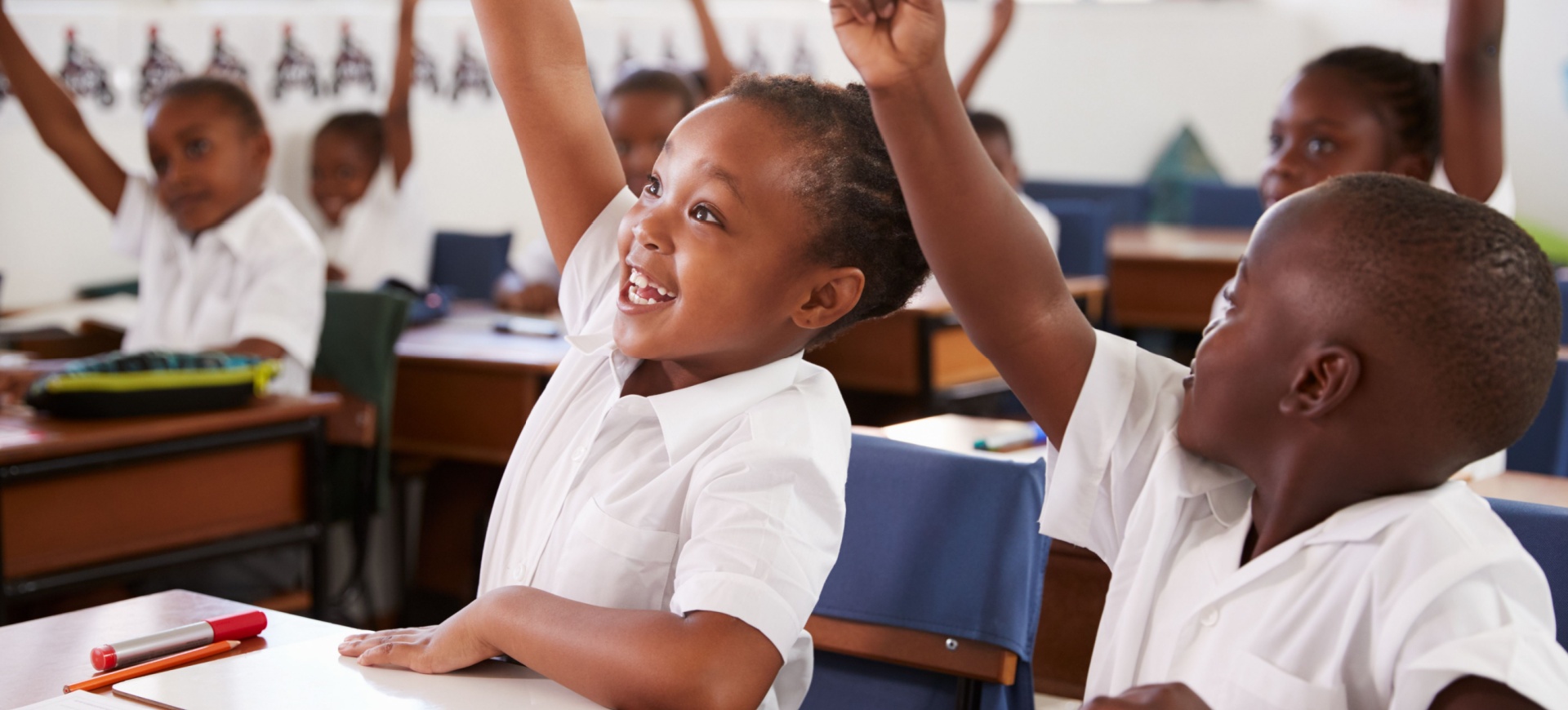MALALA FUND ADVOCACY: The key to unlocking girls’ potential
Last year, in recognition for her advocacy on behalf of 130 million out-of-school girls around the world, Malala Yousafzai became the sixth and youngest-ever honorary Canadian citizen. She used the occasion to ask Prime Minister Justin Trudeau, the Canadian Parliament and Canadian people to seize every upcoming opportunity for girls’ education — first and foremost, at the 2018 G7 summit.
As in years past, economic stability, trade, security and energy policy will dominate G7 discussions this month. In the lead-up to these summits, international development advocates fight to get their issues on the agenda, but rarely do health, poverty or education gain prominence in meetings among leaders or in the commitments they make.
For far too long, G7 leaders have overlooked the link between the problems they are trying to solve and girls’ education. Multiple studies prove that secondary education for girls is a key factor in growing economies, improving public health, reducing conflict and mitigating climate change.
Consider international security. Education is critical to security around the world because extremism grows alongside inequality – in places where people feel they have no opportunity, no voice, no hope.
Protecting our future leaders
Today, more than 30 million children are refugees. Eighty per cent of them are out of school – the majority are girls. These young refugees are future leaders on whom we will all depend for peace. They understand that finishing school is their best chance to earn a steady wage, lift their families out of poverty and help rebuild their communities and countries.
Despite evidence that educating children can prevent future conflicts, governments in both developing and donor countries have not prioritised refugee education. According to Education Cannot Wait, less than 2% of humanitarian funding has been spent on education since 2010.
Girls’ secondary education is also the best investment in our economies. Millions more educated girls means more working women with the potential to add up to $12 trillion to global growth.
Today, a poor girl in a developing country has just a 2% chance of completing 12 years of education. Without urgent action, a generation of children will enter their working years uneducated.
As leaders continue to underfund education, we are headed for a global skills crisis. UNESCO estimates that, by 2020, the world could have 40 million job vacancies, but not enough educated workers to fill them.
Business leaders such as Tim Cook and Melinda Gates are taking notice and speaking up for out-of-school girls. They understand that by not providing access to secondary education, we fail to prepare children for the future needs of the job market. In the coming years, developing and emerging economies will face a surplus of low-skilled workers and a deficit of professionals, leading to unemployment and major gaps in the labour market.
While leaders have repeatedly committed to 12 years of education for all children, not one G7 country is currently allocating 15% of official development assistance to education, as recommended by the Education Commission.
Closing the financial gap
Will this summit be a turning point? Prime Minister Trudeau has promised Canada’s G7 will include a gender equity agenda, established the Gender Equality Advisory Council to advise on progress and said he will push his fellow leaders for financial commitments to girls’ education. Together with other organisations, Malala Fund is asking leaders to commit at least $1.3 billion to get more girls in school – a first step in closing the global education finance gap.
This year – and next year in France – Malala Fund expects G7 leaders to deliver for girls. It is past time for the G7 to recognise what Malala and girls around the world already know: they are the best investment in a safer, healthier, wealthier world.











